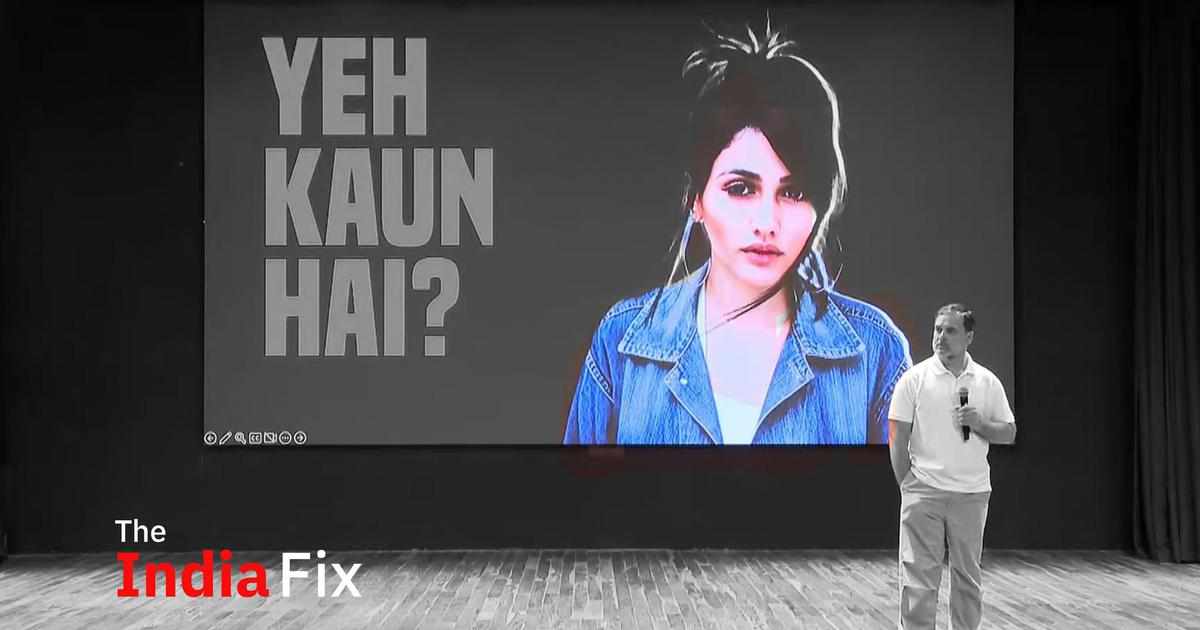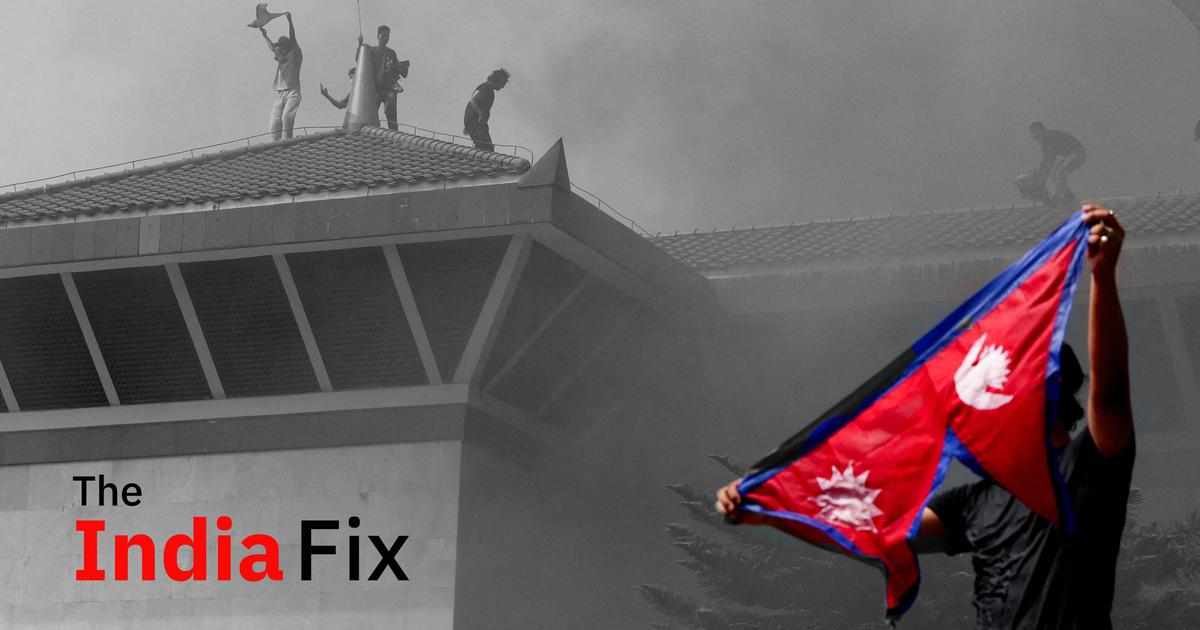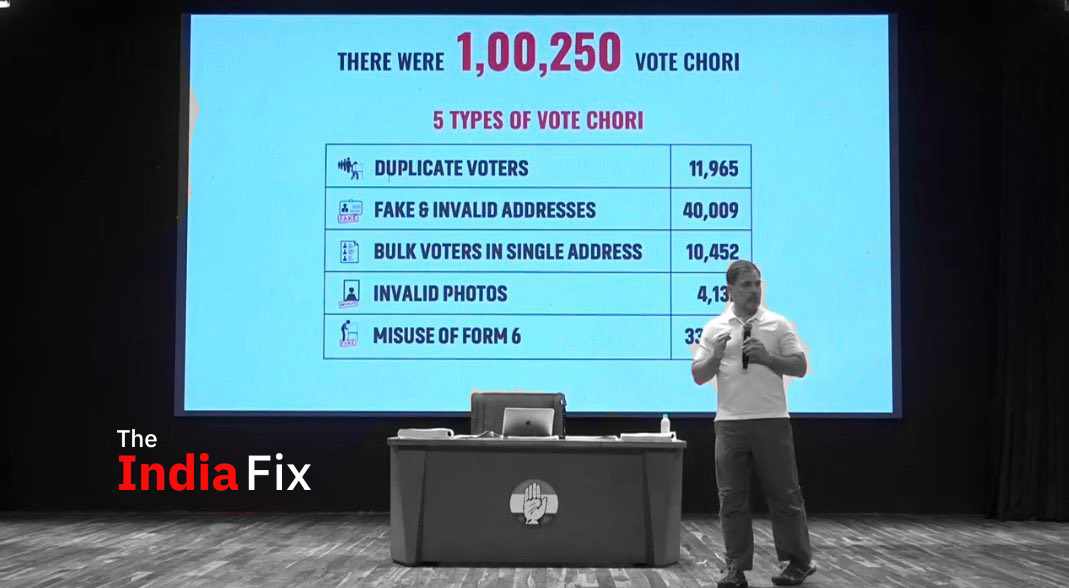
Welcome to The India Fix by Shoaib Daniyal, a newsletter on Indian politics. As always, if you’ve been sent this newsletter and like it, to get it in your inbox every week, sign up here (click on “follow”).
Have feedback, interesting links or think I am wrong? Write to me: theindiafix@scroll.in
Few events have shaped modern India more than the destruction of the Babri Mosque in 1992. The attack sparked off the worst communal riots India had seen since Partition with thousands killed across India. Violence was especially acute in Mumbai with a near-total collapse of law and order.
The events of 1992 heralded a paradigm shift in Indian politics. It marked the end of the Nehruvian order that had been the foundation of the Indian state ever since the British transferred power in 1947. India entered a Hindutva age, with Hindu nationalism increasingly defining its politics.
The culmination of this process could best be seen in 2019 when the Supreme Court ordered that a Ram Temple be built on the spot of the now-demolished Babri Mosque. The process kicked off by mob action in 1992 was formalised by the country’s highest law court 27 years later.
Opposition to the inauguration
That said, the Indian Union is a vast country. And while Hindutva might be its dominant ideology, it is arguably not hegemonic. As a result, many major political parties have decided to abstain from the inauguration of the newly-built Ram temple in Ayodhya on January 22.
This is hardly surprising. The inauguration would be a Bharatiya Janata Party-led event with Modi at the centre of it. Besides, as Scroll has reported, the temple itself is far from complete and most believe the timing of the inauguration is meant to help the BJP’s fortunes in the upcoming Lok Sabha elections.
What is surprising, however, is that all four shankaracharyas will also not attend the inauguration. The shankaracharyas head four shrines across India founded by eighth-century religious scholar Adi Shankaracharya. In as much, they command immense respect among Hindus. That they have sharply criticised the temple inauguration is striking.
“Modi will inaugurate the temple, he will touch the idol, then what am I supposed to do? Stand and clap?” the Puri shankaracharya said. He later added that political interference in religious and spiritual areas was not desirable and that even the Constitution does not allow this. Another shankaracharya argued that as per Hindu scriptures, an unfinished temple could not be inaugurated.
Hindutva, as is obvious, portrays itself as a voice of Hindus. The building of the Ayodhya temple is, by some distance, Hindutva’s greatest achievement. Yet, figures as important to the Hindu faith as the shankaracharyas are not a part of it. In fact, it is not only the shankaracharyas: the manner in which Modi is inaugurating the Ram Temple has seen criticism from a significant swathe of religious Hindus. A ground report by my colleague Ayush Tiwari shows that many residents of Ayodhya believe that consecrating an unfinished temple is against Hindu tradition.
Modern not medieval
This opposition to January 22 from tradition-abiding Hindus shines an important light on the nature of Hindutva. Hindutva is often described as a conservative ideology. In fact, that is how it would like to portray itself, drawing strength from an identity that constitutes both India’s majority as well as its elite. However, as the Ram temple shows, it is more complicated than that. Hindutva is also a modern, political ideology. If faith clashes with politics, the BJP is likely to choose the latter.
In many ways, in fact, Hindutva can even be the opposite of conservative. Take elections, for example. The BJP has to win over millions of Hindus, across castes, to come to power. This is often in opposition to actual Hindu conservatives – sometimes called “trads” or traditionalist on social media – who would want to uphold an older, stricter form of caste hierarchy and segregation. To do this, it has to push a form of mass politics that has few historical parallels in Indian history.
In fact, when the BJP speaks of a “Hindu rashtra” or Hindu state, that is itself an idea that has no historical template. Historically, there was no pan-Indian “Hindu state”. It is very much a modern idea.
In this, Hindutva is not alone. The other major faith-based political movement of today’s age, Islamism, is also modern. Like Hindutva, the idea of pan-Islamism or the unification of all Muslims under one state is inspired by the modern idea of nationalism.
In India itself, this tension between modern Muslim identity and religious conservatism can be seen from the fact that Mohamed Ali Jinnah’s idea of Pakistan was vigorously opposed by the Jamaat-e-Islami and other conservative Muslim groups. Much of this opposition stemmed from the fact that conservative Muslims oppose modern political ideas like nationalism and popular sovereignty – a tension that is found in many Muslim societies even today. Pakistan’s constitution, for example, awards sovereignty not to the nation-state, like most other countries, but “Allah”.
Tricky pitch
Conservative opposition to Hindutva is qualitatively different from standard ideological fights that Hindutva would have with, say, liberals, socialists and communists. Since Hindutva itself claims to represent Hinduism, the idea of Hindu conservatives opposing it makes it uncomfortable in a way that a straight fight with ideological rivals does not. It is thus not surprising that the Congress has played up the shankarayacharyas’ objections to January 22.

Another example of this is the use of Bengali Hinduism by the Trinamool in combination with allegations that the BJP is an outsider to the state. Again, the BJP is not sure of how to counter this unlike direct challenges from ideological rivals.
The silver lining for the BJP is that this conservative opposition presents no immediate electoral challenge, at least in the Hindi belt. It exists in a more amorphous space of culture and ideas. It is unlikely that conservative Hindus would vote against the BJP on planks such as the January 22 ceremony. And this does not count the large number of Hindus who might not care for such conservatism in the first place.
At least for the present, the Ram temple marks a significant victory for the BJP which has managed to use the idea of Hinduism for purely political purposes even sometimes in opposition to conservative Hindus.






















Write a comment ...